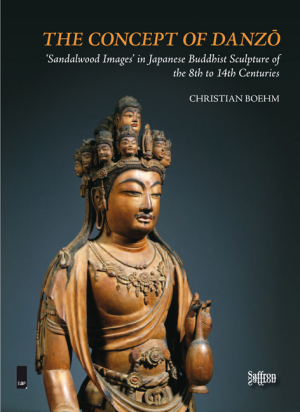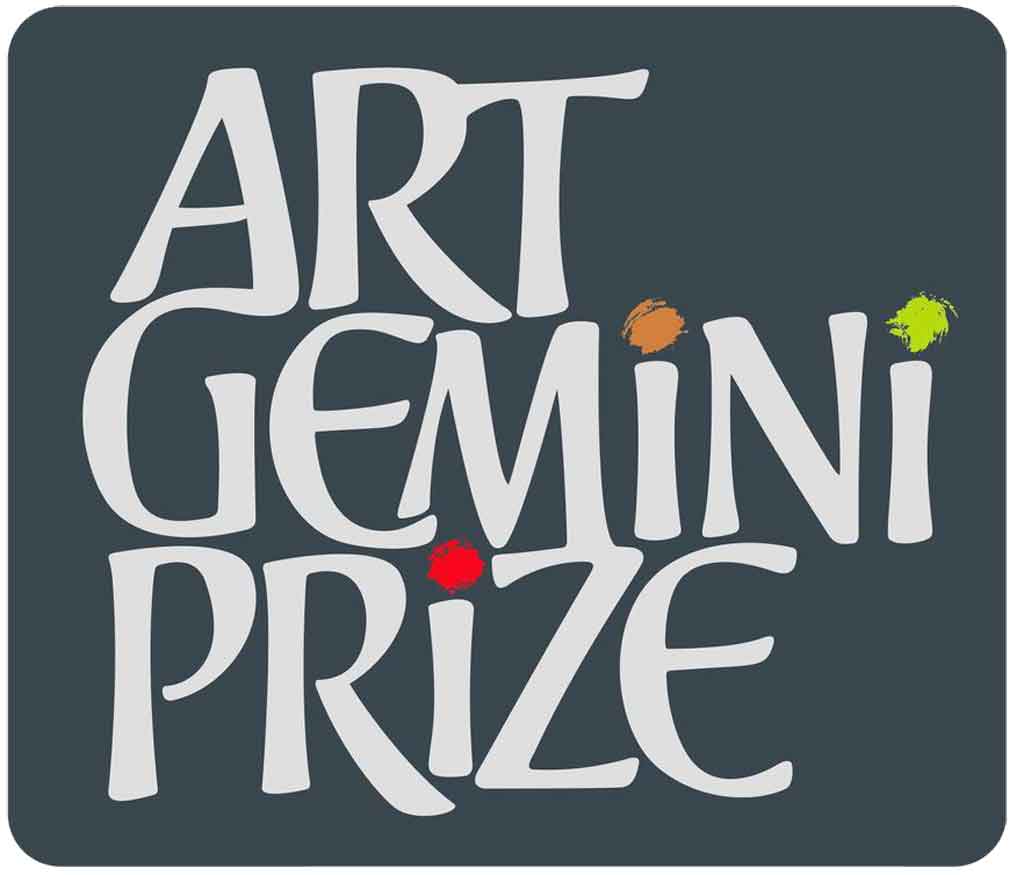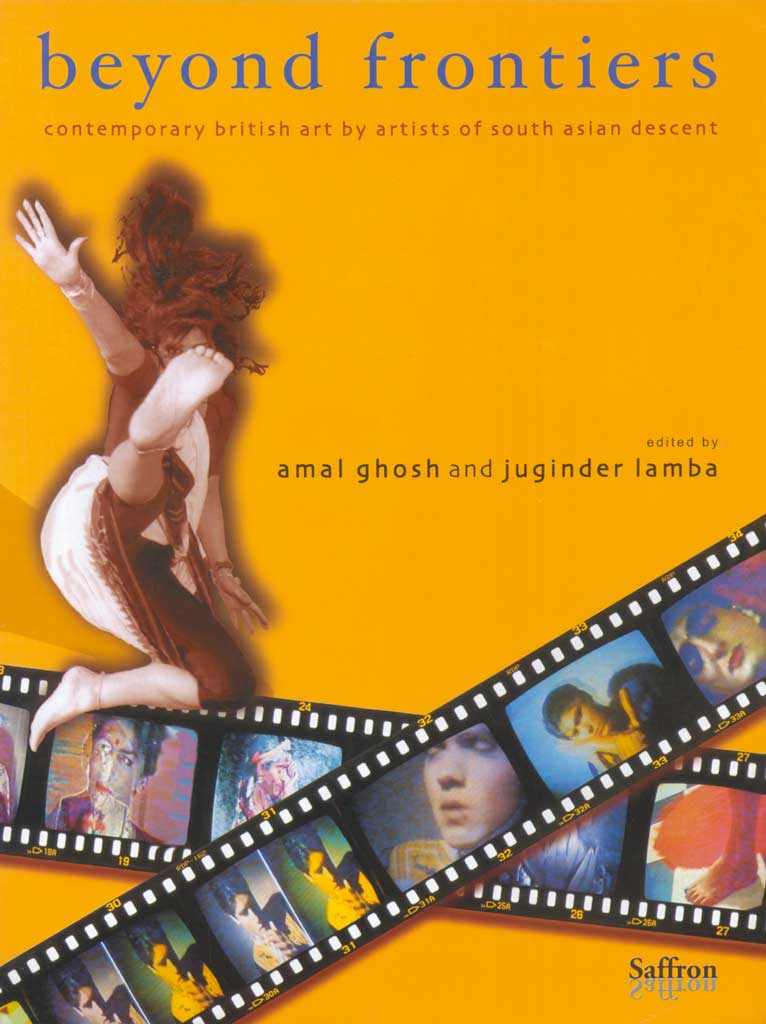Tunisian Russian artist Nadia Kaabi-Linke features in a solo show at Mosaic Rooms 10 October – 29 November 2014. The Future Rewound & The Cabinet of Souls is her first individual exhibition in Britain.
The exhibition features three new specially commissioned site-specific installations, alongside previously unseen and recent work, in the artist’s most extensive solo exhibition to date.
The exhibition is formed in two parts, both inspired by the history of the gallery’s building.
More than a century ago, the house served as the domicile for Imre Kiralfy, the man responsible for many of the grand exhibitions at Earls Court, White City and Olympia. Kiralfy brought ‘curiosities’ from across the global empire to England, where the Victorian public was eager to view foreign spectacles.
In dynamic new work that directly responds to the space, a curatorial narrative by Mosaic Rooms outlines, Kaabi-Linke reflects upon these last hundred years and the structures of power that thread colonialism and capitalism, captivity and control, the observed and observing. In the upper gallery, The Future Rewound explores enduring methods of control in contemporary life.
Included in the exhibition is Nadia Kaabi-Linke’s brilliant installation, No, a two-channel video installation which focuses on the rigorous visa process that people go through to enter the UK. Seen at the 2012 Liverpool Biennial, this darkly comic and hugely sobering work presents a dialogue in a church setting where a crowd without power despite their numbers responds to an individual voice of authority.
Kaabi-Linke has said the installation presents a parallel between contemporary regulations and the Holy Inquisition in which brutal judiciary procedures presumed a guilty verdict without a fair hearing.
No, she says, also considers ideas of immanence and transcendence, and the way in which the situation in the film may also stand for a switch between the bureaucratic voice that governs the physical borders we may cross and the supernatural border between life and what may exist beyond it. It’s an influential work that leaves a profound impression on the viewer’s mind and invites one to consider what has been lost or squandered in mindless pursuits across the planet since the events of 9/11 and the now-on-and-now-off War on Terror.
Modulor II takes its name from an anthropocentric scale invented by architect Le Corbusier, whose harmonious balance of proportion is challenged in this installation, which recreates the minimum measurements of prison cells from across Europe.
All Along the Watchtower uses shadow as architectural form to evoke undetectable surveillance structures, while Perspectives (Bank Junction, London) is a new work that addresses the recent financial crisis and omnipotent influence of capitalism.
A Colour of Time is a new monochrome piece, which visualises the layers of time of the building’s history, after architectural exploration revealed that layers of paint from Kiralfy’s time still existed. The Cabinet of Souls inverts the roles of spectators and objects. The works make visible the ghostly shadows that continue to influence social forces today.
In a new commission, Faces, the artist appropriates archival photographs of tribes people brought to London for the ‘Savage South Africa’ spectacle that formed part of Kiralfy’s Greater Britain Exhibition in 1899.
By re-portraying such figures in the manner of Victorian portraiture, the artist re-invests each person with individuality, while simultaneously invoking the camera as a tool of Western imperial control. In Tunisian Americans, vials of the soil that surrounds 400 US military graves in Tunisia are placed within old type cases and labelled with their corresponding social security numbers.
Kaabi-Linke archives the very earth of her native soil, and through this act addresses the tension in recalling and ordering histories of conflict. Impunities London Originals similarly negotiates visibility, using forensic methodology to render discernible the scars of domestic violence, physical and psychological – trapped as traces on fragile paper. Winner of the recent 2014 Art Basel Discoveries Prize, Nadia Kaabi-Linke’s extraordinary practice relates to the way geography and politics inform the identity of both the individual and the collective.
Nadia Kaabi-Linke was born in 1978 in Tunis. She studied at the University of Fine Arts, Tunis (1999) before receiving a PhD from the Sorbonne, Paris (2008). Her last solo exhibitions were In confinement my desolate mind desires (2014) at Art Basel, Hong Kong; Stranded (2014) at Gulbenkian Foundation, Lisbon, Portugal; No One Harms Me (2013) at Experimenter, Kolkata, India; Black is the New White (2012) at Lawrie Shabibi, Dubai, UAE; and Tatort/Crime Scene (2010) in Berlin, Germany.
She has participated in group exhibitions at The Museum of Modern Art, New York, USA; the Nam June Paik Art Center at Seoul, Korea (2013); the Liverpool Biennial, UK; Herbert F Johnson Museum, Ithaca, NY, USA (2012); 54th Venice Biennial in Italy (2011); and 9th Sharjah Biennial in Sharjah, UAE. In 2011 she was commissioned by the City of Berlin, borough of Neukölln, to make an outdoor sculpture for the square Alfred Scholz. The public Artwork Meinstein was inaugurated in 2014 . Her works are part of several public and private collections including that of MOMA, New York.
Related Events
The Mosaic Rooms is organising related events in collaboration with the ICA, Goethe Institut, Leighton House, Freeword Centre and Iniva. These will offer opportunities to hear from the artist herself, as well as critically discuss the multi-faceted questions raised by the dynamic work of the exhibition.
The Future Rewound & The Cabinet of Souls. 10 October – 29 November 2014. The Mosaic Rooms, 226 Cromwell Road, London SW5 0SW, Open: Tues-Sat, 11am-6pm.








